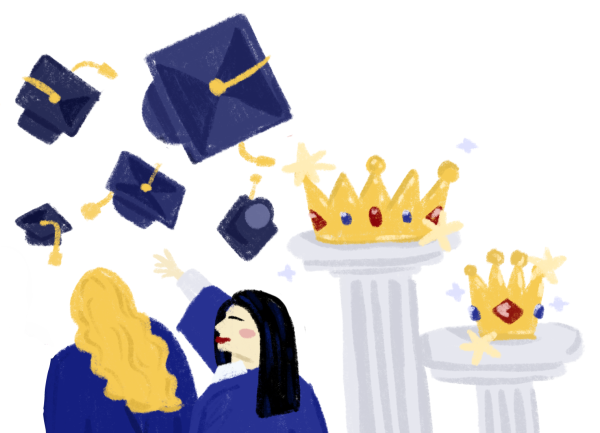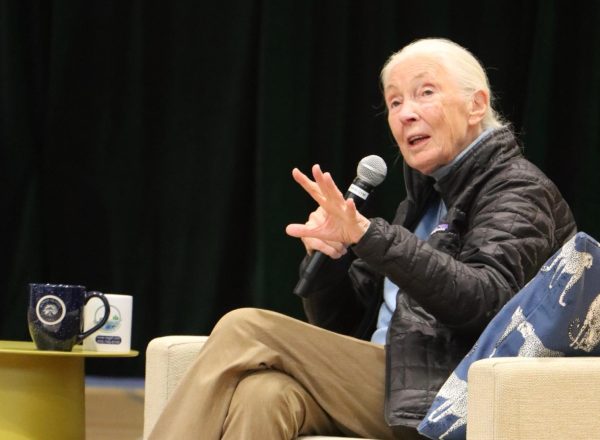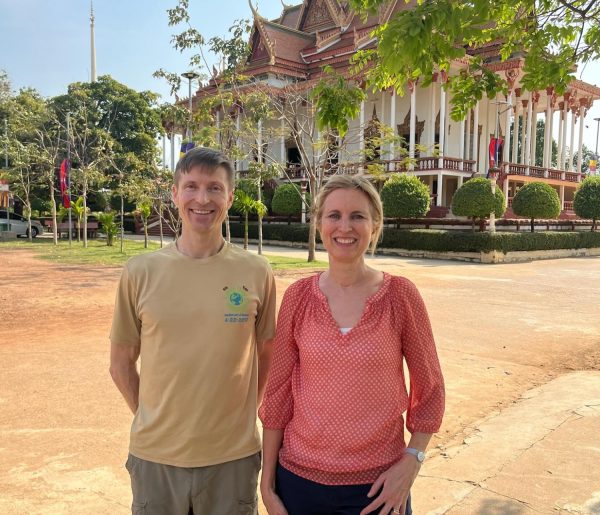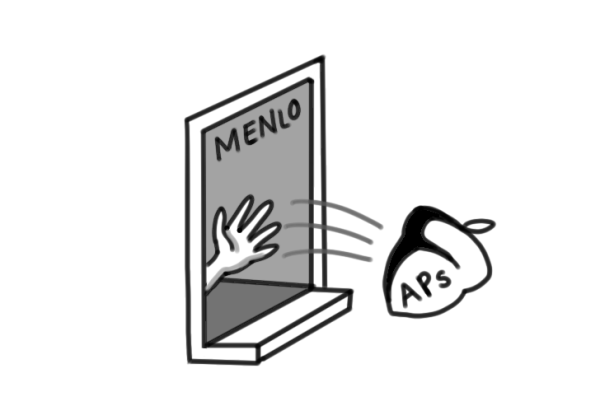Computer Science Teacher Writes Code to Create Hybrid Learning Teams
Computer science teacher and Menlo alum Matthew Redmond joined the faculty in spring of 2020. Photo courtesy Pete Zivkov.
October 14, 2020
On Oct. 5, Head of School Than Healy sent an email to the Menlo School community announcing the plan to transition into hybrid mode. Students were told they will be broken up into four cohorts, and between Oct. 26 and Nov. 20, each group will get one week on campus. However, one area that was not explained in the email was how the students were split up. Computer science teacher Matthew Redmond created a computer program which was used to divide up the student body into their respective cohorts.
According to Redmond, he was initially asked by administrators Maren Jinnett, Healy and John Schafer if creating a computer program that could assign cohorts would be possible over the summer. At that point, though the program was hypothetical as the 2020-21 school year began virtually, Redmond sketched out a rough draft of the program.
Once the decision to start hybrid learning was announced Oct. 9, the program was fine tuned and new schedule data was entered.
This computer program was created with several goals. “Our highest level goal for the project was ensuring everyone’s safety,” Redmond said. When the program was first created, Redmond was splitting the student body in two groups, Blue and Gold, but the administration decided that for the fall being divided into four groups, Blue A, Blue B, Gold A and Gold B, would be safer.
Redmond describes his initial goals in terms of the “badness metric.” Redmond defined this “badness metric” as something that is determined by how imbalanced all of the classes are. “Suppose there are 20 people in your A block. A good split would end up with 10 people in the Blue group and 10 people in the Gold group, whereas a bad split would end up with 19 people in the Blue group and one person in the Gold group,” Redmond said. “It’s not possible to achieve a perfect balance because of the way schedules work, but you can assign labels and colors to people in a way such that you can get as close [to 50/50] as possible.”
Another goal of the administration was to maintain gender balance. “So now, the badness metric is how imbalanced the class is in terms of just students in the Blue group and Gold group, as well as how imbalanced the gender metrics are for each block,” Redmond said.
Something that Redmond and the administration realized while working on the program was that it was not very family friendly. “The initial approach was that we would just assign people at random and then eventually, we realized that this was really bad for families with different siblings in the template. So we got a list of siblings from the school and then we built it so that siblings are all assigned the same color,” Redmond said.
According to Redmond, the family-associating part of the program was not constructed in accordance with last names because some siblings don’t share last names and not all people with the same last name are siblings.
Redmond finalized the program a few days ago and hopes for a positive student reaction. “Hopefully [the student reaction will be] positive as it’s as fair as we can make it given the constraints that we’re working under. I hope that the students see what we’ve done and understand a little bit about the process,” Redmond said.













